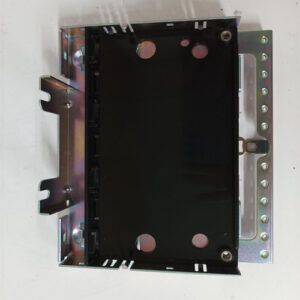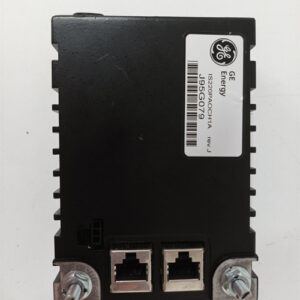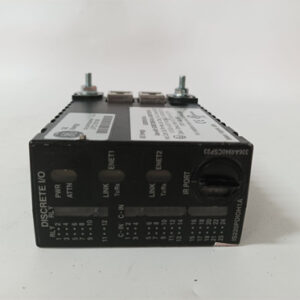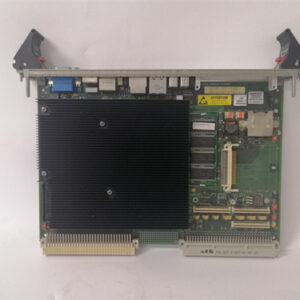الوصف
The GE HE697RTM701 is a 2-Port Modbus RTU Master/Slave Module for the GE Fanuc 90-70 PLC system. It provides the PLC with the capability to communicate with other industrial devices using the widely adopted Modbus RTU serial communication protocol.
Technical Breakdown 🧠
This module is a crucial component for integrating the 90-70 PLC into a larger control network.
- Modbus RTU Protocol: Modbus is a simple, robust, and commonly used master/slave communication protocol. A master device initiates a request for data, and a slave device responds with the requested information or performs an action. The
HE697RTM701is highly versatile because it can be configured to operate as both a master (to read from or write to other devices) and a slave (to respond to requests from a central control system). - Dual Port Capability: The module features two independent communication ports. This allows the PLC to manage two separate Modbus networks simultaneously. For example, one port could be configured as a master to a network of variable frequency drives, while the second port is a slave to a central plant-wide SCADA system.
- Data Exchange: The module facilitates the exchange of various types of data, including holding registers, input registers, coils, and discrete inputs, allowing the PLC to monitor and control a wide array of Modbus-compatible devices.
Applications 🏭
The HE697RTM701 is a fundamental component for network communication in industrial control systems for:
- System Integration: Communicating with smart field devices such as temperature controllers, flow meters, or power monitors.
- Motor Control: Providing a direct communication link to variable frequency drives (VFDs) for speed and torque control.
- SCADA Systems: Allowing a central supervisory control system to monitor and control the PLC.

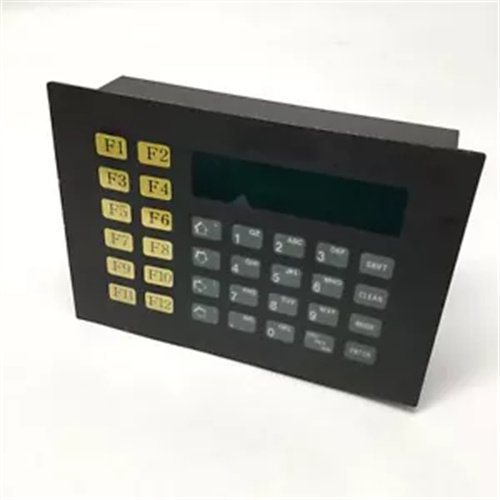

 +86 15340683922
+86 15340683922 +86 15340683922
+86 15340683922